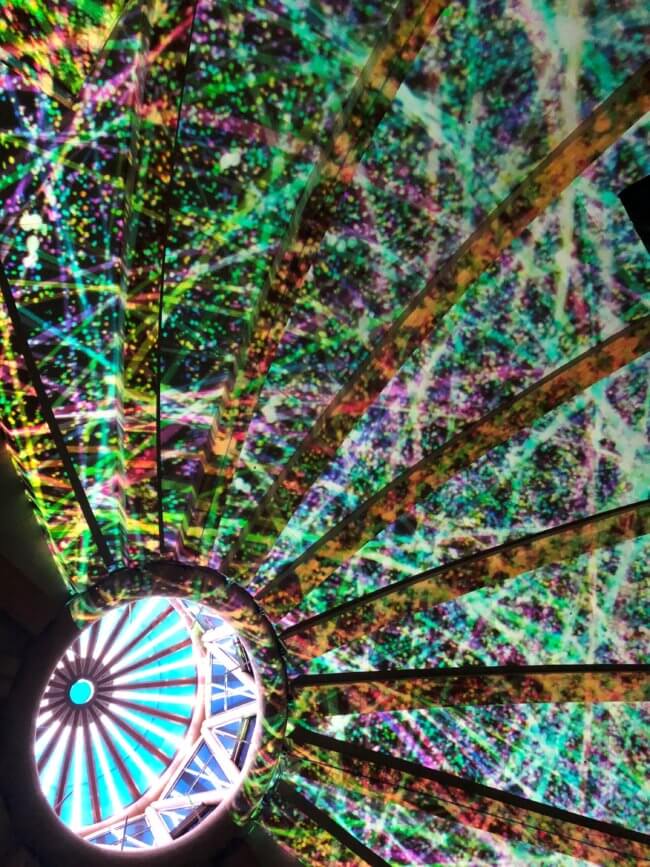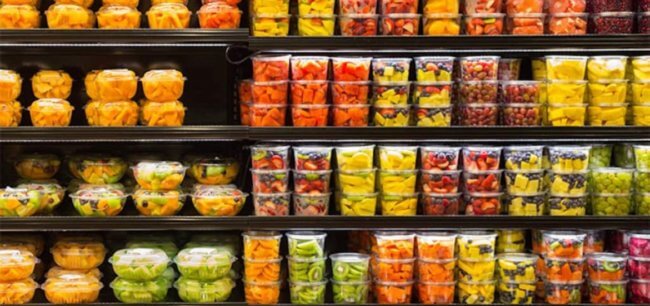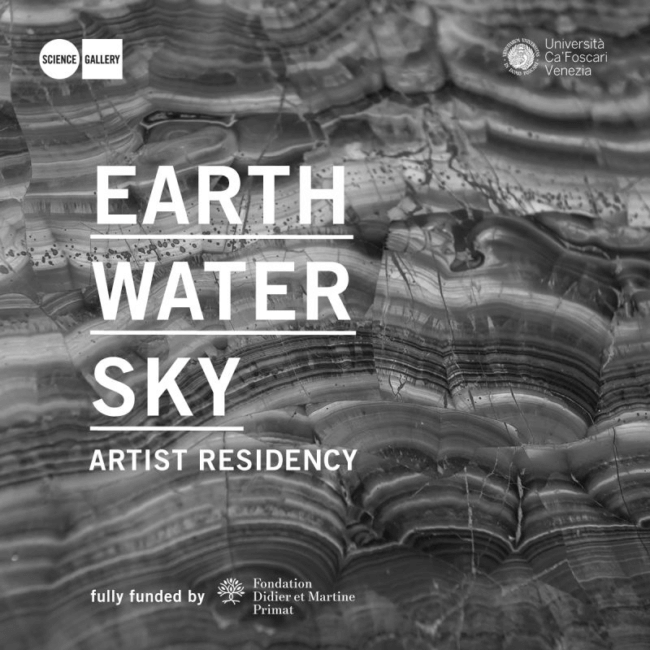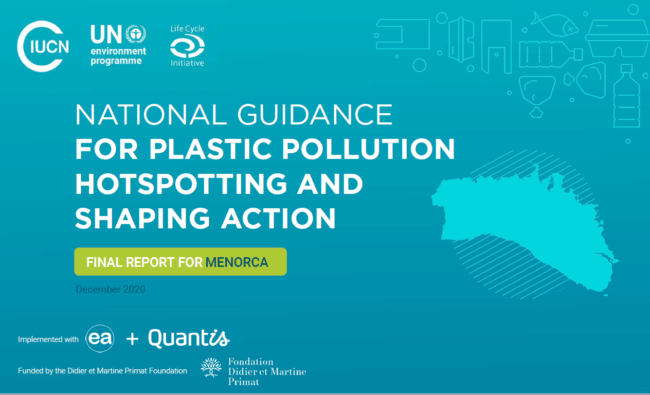Richard Mosse presents Tristes Tropiques at Jack Shainman Gallery- New York – a series of large-scale photographic maps capturing the environmental damage in the Amazon rainforest. In connection with this work, Mosse will start his remote residency at CERN in spring 2021, which will lead to an art commission with the support of the Didier and Martine Primat Foundation and its special Fund ODONATA.
Irish photographer Richard Mosse pushes the boundaries of what is possible in documentary photography. For the past year, Richard has been capturing the effects of environmental degradation by industrialized farming and deforestation in the Amazon. Employing geographic information system (GIS) technology, Mosse processed thousands of multispectral images captured above each site by drone to create large-scale photographic maps that document environmental degradation across Brazil’s ‘arc of fire’.
Scientists use multispectral imaging to detect deforestation, carbon dioxide release, toxic pollution and other aspects of damage to the fragile ecosystem, which attracted Mosse to use this medium reflexively. “One of the main reasons to embrace multispectral cameras technologies is because scientists use them to detect environmental changes, and they can image the extent of that through this camera technology. I realised that it accidentally produces a very beautiful colour palette, but it also works metaphorically as somehow part of the narrative that I’m trying to depict. It also can be used in certain instances to show the scale upon the landscape or the topology or the natural environment of man’s destructive traces and pollution”, he explained in a recent podcast with Monocle.











